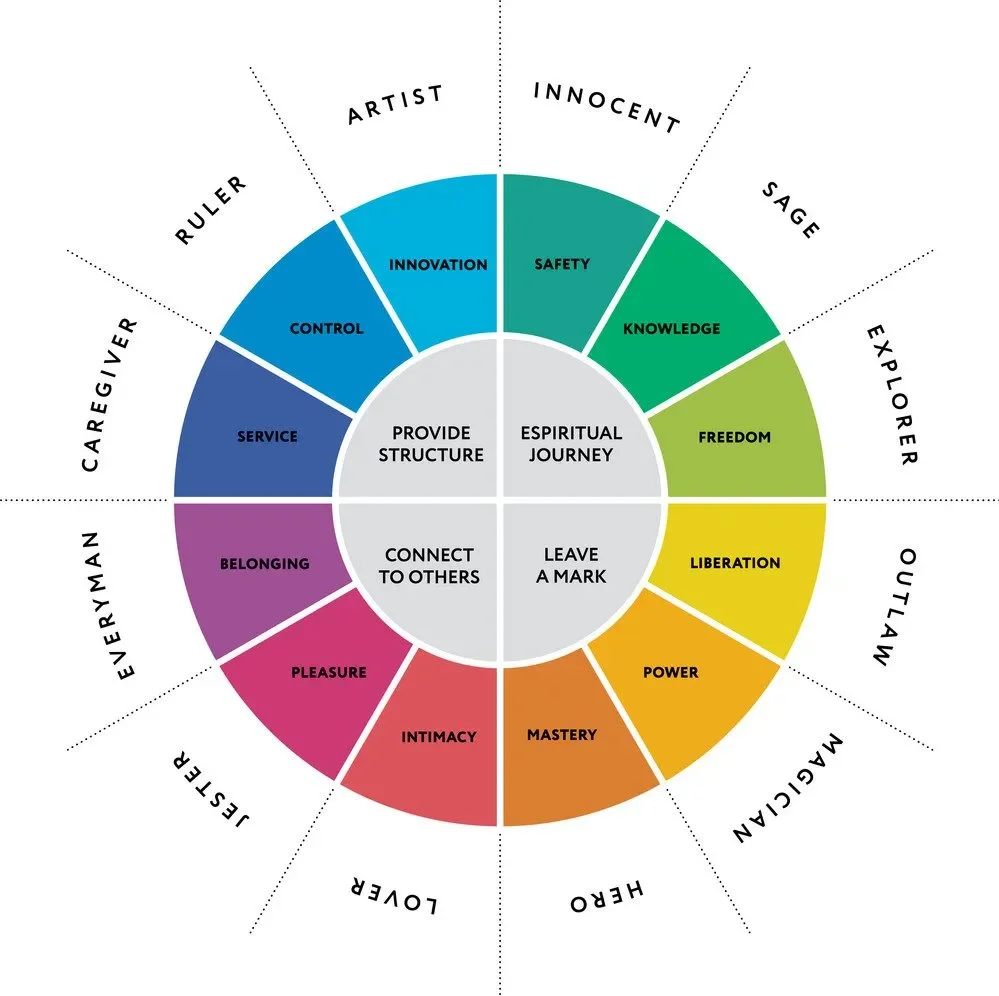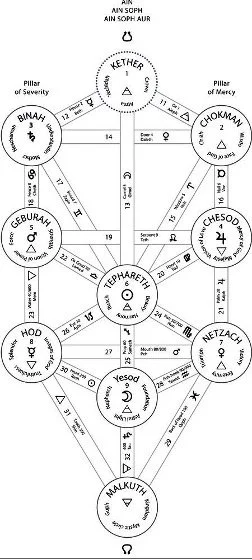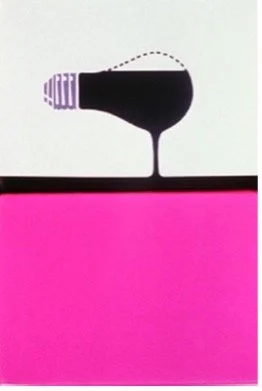And It’s All Just a Little Bit of History Repeating
Color, Symbol, and Editing as Cure for the Human Condition
By: Ryan Chang
✦✦✦ GEMINI FILM STUDIOS ✦✦✦
🜛 © 2025 Ryan Chang. All rights reserved. Licensed to Gemini Film Studios LLC. 🜛
This document and all associated intellectual property — including symbolic structure, visual language, and mythic framework — are protected under U.S. copyright law.
Unauthorized duplication is monitored by the origin codes and constitutes breach of alignment.
When we consider the different dialects in which film speaks, we see various forms of communication, at the most basic level we see tropes, musical cues, cliches, all the most baseline, simplistic and manipulative forms of communication that film uses as a dialect, as Gene Youngblood mapped in his writing “The cinema is no longer just a mechanical recording medium or a vehicle for storytelling; it has become a new language capable of exploring the uncharted territories of human consciousness.” At a layer below that, we see the Hero's Journey, a 12-section archetypal wheel. We’ve seen this wheel used as a perfect map, from Star Wars to The Matrix, essentially another form of communication or dialect —a more sophisticated one that transcends the more obvious and simplistic ones from which cliché was derived. At a layer below that, we can imagine a perfect alignment with the same wheel as the Archetypes of the Collective Unconscious. As Campbell studied under Jung, this is most certainly not a coincidence, but rather a more filmic advancement of the dialect Jung used to decode myth and its correlation to everyday life, “The archetype is an innate, universal prototype for ideas and may be used to interpret observations. The heroes, the wise old man, the great mother, and the trickster are examples of archetypes that recur in myths and fairy tales the world over.” We see how this map is used to understand King Arthur, the characters in the journey, and the 12 knights of the Round Table, much like the 12 disciples gathered around Christ, and just as the knights of the Round Table gathered around Arthur. Campbell understood this as primordial codes and keys of the universe "Myths are public dreams, dreams are private myths. Both are the symbolic language of the psyche, revealing the hidden patterns of human experience and serving as keys to understanding the human journey." This straightforward form of communication can be seen in Nicholas Winding Refn's films, with characters like The Dragon Mother in Only God Forgives, a film where characters embody very literal archetypes, stripping past traditional forms of cliché or even the nuance inherent in the hero's journey, we see this direct correlation to archetypes past this layer. At a layer below that, we see the 12 sectioned wheel of the zodiac signs, this represents a larger embodiment of these same energies, that go beyond simple character design but a whole energetic structure, and we see how people like Marie-Louis Van Franz mapped these wheels to legends, especially the Arthurian Legend, where we see the descent into the underworld as the Equinox Libra, this 12 sectioned map doesn’t just embody characters, it now embodies whole energetic alliances that can be symbolic of story structure in and of itself, and films like The Matrix can create stories, structures, and characters that operate at each of these layers simultaneously. Jung would note this same symbolic overlap in his magnum opus Mysterium Conunctionus "The symbols, though diverse in appearance, are in their essence identical; they represent one and the same psychic fact. Their multiplicity is the manifestation of the inexhaustible richness of the human psyche, which expresses itself through varied symbolic forms but points always to the same underlying archetype." This is where the work of Aleister Crowley also becomes essential, as we see how these different people map these different energies to be directly translated onto the screen. Through understanding these symbols, we gain a greater understanding of the patterns of life itself and how to structure film properly. This is why the experimental movement was crucial in unlocking new layers of communication in cinema.
Aleister Crowley dedicated his life to understanding the overlap of religions, symbols, numerology, and every dialect imaginable to create infinite codes and keys of understanding these different energy structures. Now, we see a new level of dialect that is stripped even further down than the layers I just mentioned. Crowley created numerous codes and keys to understanding correlative overlap in these forms, including color, Egyptian gods, Pythagorean numerology, the Platonic solids, astrology, Greek and Hebrew letters, zodiacs, planets, and elements. Books like 777 are such advanced correlated codes and keys to understanding these energetic maps, that artists who lived by and used these as a form of cinematic communication created such incredible intuitive pieces of art, such as Kenneth Anger, a known Thelemite (Crowley’s Religion) uses his color key coded structure, archetypes, symbols all throughout his work as a way of making more streamlined intuitive art that bypasses not just cliché, not just the heroes journey, but basic archetypal cinematic structures like ones used in films like The Matrix or Only God Forgives, as P. Adams Sitney pointed out in his work “Anger’s films are deeply suffused with Thelemic symbolism derived from Aleister Crowley’s teachings, employing a system of color coding, numerology, and archetypal imagery that functions as a secret language, allowing the work to operate as an intuitive, esoteric transmission beyond conventional narrative.” We see how Visionary Film began mapping these correlated codes and keys to the work of Kenneth Anger. The question becomes how deeply a film can communicate a thought, idea, or emotion, the point being that it is akin to an MK Ultra sleeper frequency that unconsciously rewires your brain. If we want to consider what is postulated about advertising and its effect on our self-worth and our ability to associate sex with a fucking cheeseburger, as postulated by The Century of Self, what if there was a counter weapon just as powerful, to create sovereignty in human beings instead of hating yourself and buying Pepsi? This is where the work of Tony Conrad and Paul Sharits, traveling up to Spice Girls videos, becomes energetic weapons of salvation, and can be so deeply coded in freedom and love through this same color coding and symbolic genius to break traditional patterns in our nervous system that create expansion for beauty and greater emotions.
The more we can understand these energetic maps, the more we can see how these energies have been mapped into the frame of films. The Tree of Life is also a map of these energies, one Aleister Crowley would fiercely dedicate time to. The Tree of Life is massively significant, not just as a map itself, but the map to compare all other maps to. In The Book of Thoth, Crowley painstakingly maps every energetic system from I-Ching, Archetypes, Hebrew, Numerology, onto the Tree of Life itself, this makes The Tree of Life a master decoder node. This brings forth numerous examples of this mapping, notably the film itself Tree of Life, in which a whole section of the film shows the energetic transformation from nothing to creation, to the dinosaurs, and mirroring the loss of a dinosaur in a family to that of the loss of the son of Brad Pitt. Mallick is creating this parallel between the “big bang” to creation to dinosaurs to everyday life, creating an energetic map that transcends space and time, a blueprint of consciousness itself that mirrors the very energetic pathways of all creation.
We see this in Dog Star Man, quite aptly titled, as the tarot card “The Fool” features a dog, an androgynous “man”, and the Sun (a Star); this is the symbolic representation of pure 0, the beginning and end of creation cycles. This is seated on Crowley’s map at the very top of the tree of life, Kether, the crown, and Brakhage uses many in-camera and optical printing effects to merge this concept of his own personal life, from climbing a mountain and falling down, to the birth of his sun as a cosmic reset. This entails how we see the energetic blueprint of life’s greater patterns, mapped by the great minds of Campbell, Crowley, and Jung, has all been used as specific film dialects.
But what if we go a layer deeper, to pure transmission, pure color, pure light? This is where the work of Tony Conrad and Paul Sharits becomes pure transmission at the MK Ultra subconscious level, completely defying any form of narrative or language. That raises questions about how we implant something so subconscious that even we may not be aware of what is lingering in our subconscious with this deeply coded transmission.
What exactly is the possibility of programming so deeply? Happiness, aliveness, the same thrill I get watching Mamma Mia and drinking wine coolers? Well, what if it was something far more profoundly deep, curing the human condition? In many religions, and belief systems this idea of curing the human condition boils down this idea of recognizing your SHADOW as defined by Jung, Your ego consciousness, and your persona, this creates a map of these three sectioned off parts of the psyche that need become a 4th whole container, where all of them are so deeply intertwined, all desires are natural and normal for a greater good, that you can visually trust your instincts, thoughts feelings and emotions, and TRASCEND the human condition by breaking LOOPS, patterns of behavior based on fear and control instead of freedom of choice to create truly what you want to make.
In 2001: A Space Odyssey, we see this scarcity and fear in the monkeys sharing the pond water; they fear that there is too little water to go around, and violence, fear, and control kick in. The second act of the film reveals that Hal, who may seem like a next-level evolution of autonomy for humans, is yet another form of fear and control. Finally, we see Bowman transcend this paradigm when he sees the light rays above the earth, then sees himself older, collapses, the older version sees another even older version, collapses, until the final collapse in front of the Monolith, and this final collapse in-front of the Monolith creates the star child, the one who transcends scarcity and lives in the frequency of pure abundance.
In Paul Sharits' T,O,U,C,H,I,N,G, we see Sharits with a pair of scissors cutting his tongue off. We see innuendo towards genital mutilation with the words Destroy on repeat, over and over, symbolizing the mutilation of his Root and Crown chakra, 2 of the five energy points necessary to create proper alignment, the head and the genitals. While centering a chair falling over as the centerpiece of the film, showing the collapse necessary for this alignment. In N:O:T:H:I:N:G, we see how he tries to mirror the cure for such an antithesis to his mutilation with a light bulb that turns on (crown activation), which falls over, breaks, and its fluids pour down to the root. Cause /effect/ condition/ cure programmed right into the film as color transmission and tight editing loops. He attempted to break his own primordial loop in his own life.
We see how Harmony Korine transcends his own internet/online issues into the color coding of Aggro Dr1ft, transcending the loop by creating his own company EDGLRD In Aggro Dr1ft, Harmony Korine uses infrared color not merely as a visual effect but as a symbolic language communicating the fragmented psyche and emotional landscape of his protagonist—the world’s greatest assassin. The film’s infrared palette maps emotional and dimensional states, transforming heat signatures into a lexicon of color that conveys warmth, detachment, desire, and alienation. Korine bathes family scenes in soft oranges, pinks, and blues, signaling moments of clarity, love, and sanctuary within the assassin’s fractured world. By contrast, the digital third-person shooter realm, a space of isolation and mechanized interaction, is rendered in murky oranges and blues—cold, dense hues that reflect disconnection. The community “Zion” is painted in harsh RGB colors—red, green, and blue—emblematic of artificial data streams and heightened intensity,. Sexuality and desire are depicted through dim, flickering reds and greens, colors entwined with digital noise and unsettling textures, embodying the transactional and hollow nature of digital intimacy. The film’s demon antagonist inhabits these unsettling hues, symbolizing oppressive digital shadows haunting the psyche. Korine’s choice of infrared technology, capturing invisible heat wavelengths underscores the film’s focus on unseen emotional currents and digital data beneath visible reality. The shifting color palettes mark transitions between emotional states and dimensions, turning color into a map of psychic geography.
This use of color as energetic transmission exemplifies the move beyond traditional cinematic language to a symbolic, intuitive communication that breaks narrative loops and rewires the viewer’s perception of self and reality in the digital age.
We see how Tony Conrad uses a visual representation of Morse Code to encode a time collapse weapon in The Flicker, showing the periods between collapses, and how the intensity and shorter interval collapses create a strong resonance for time itself. As an experiment, as you watch the film, wave your finger in front of your face, and see how the “tracers” of your finger move faster and slower as the speed of the flicker itself changes. This shows you how time dilation works. Essentially, that between each flicker or collapse is exponential growth outside of linear time. Much like Shane Carruth demonstrates with the protein buildup of an egg in Primer, which shows that the protein build-up is more than the linear time the egg spends in the incubator, this illustrates how more protein can build than is proportional to linear time itself.
Throughout film and film history, we see these deeply coded maps and keys, which relate to breaking loops, transcending time, and acting as intuitive energetic maps that serve as codes and keys to transformation. So next time you watch a movie or a Spice Girls video, see the patterns, find the codes, and sidestep little bits of history repeating.
Bibliography:
Youngblood, Gene. Expanded Cinema. New York: E. P. Dutton & Co., Inc., 1970.
Jung, Carl G. The Archetypes and the Collective Unconscious. Translated by R.F.C. Hull, Princeton University Press, 1981.
Sitney, P. Adams. Visionary Film: The American Avant-Garde, 1943-2000. 3rd ed., Oxford University Press, 2002.
Crowley, Aleister. The Book of Thoth: A Short Essay on the Tarot of the Egyptians. Samuel Weiser, 1973.
Jung, Carl Gustav. Mysterium Coniunctionis: An Inquiry into the Separation and Synthesis of Psychic Opposites in Alchemy. Translated by R. F. C. Hull, Princeton University Press, 1976.










